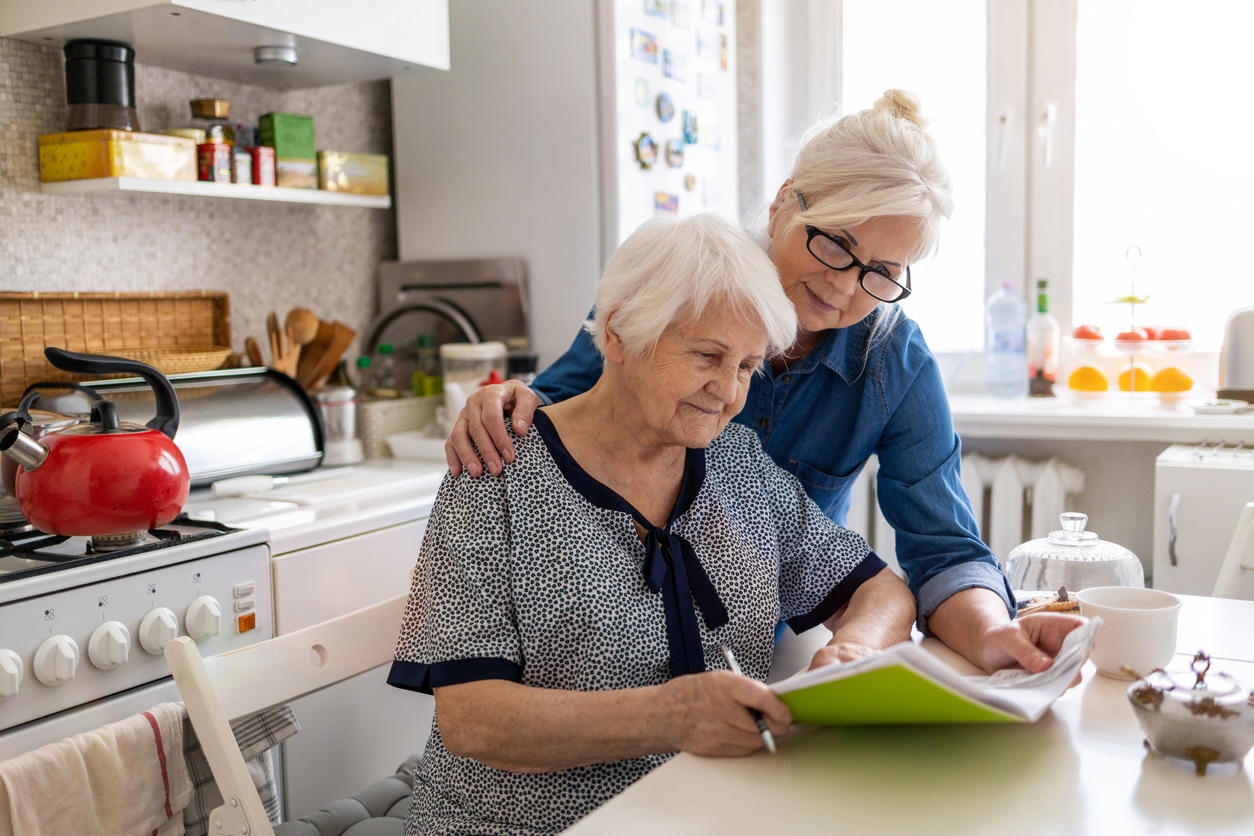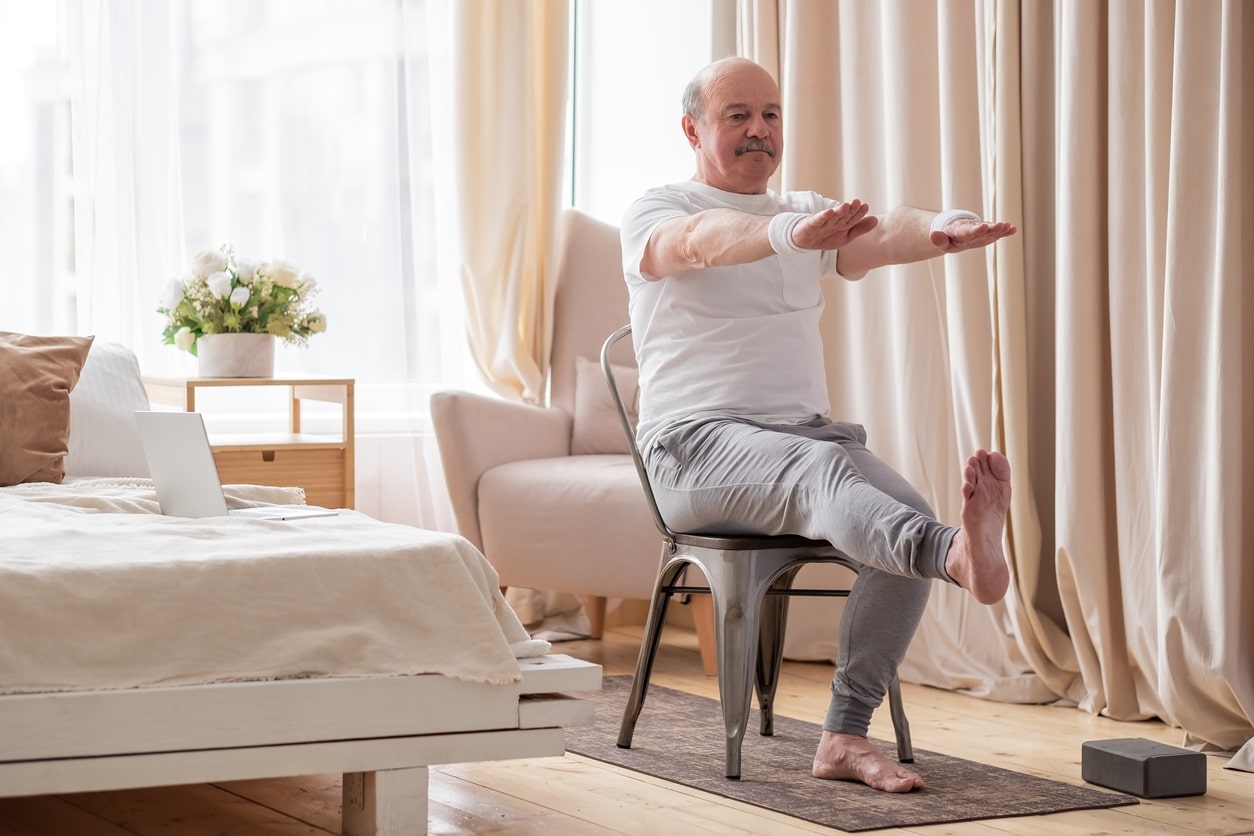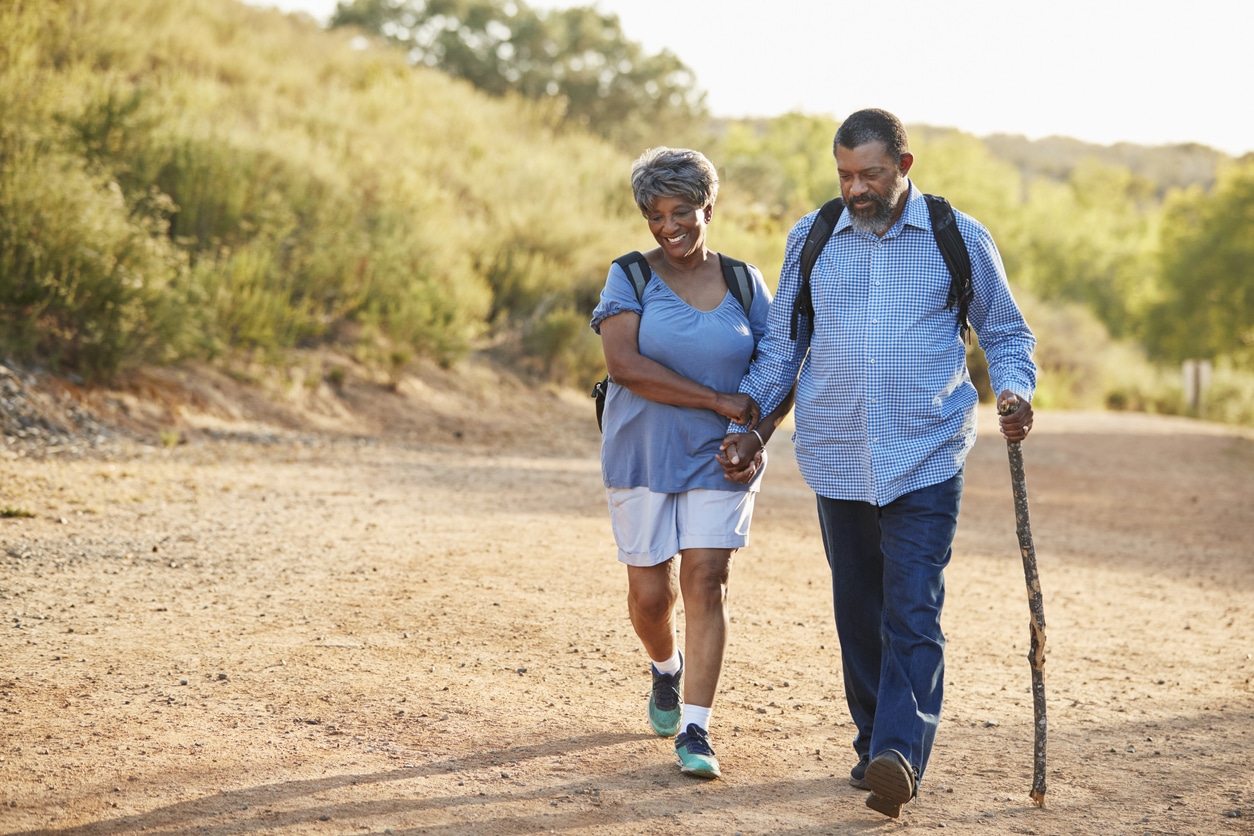In the cozy familiarity of our homes, we often underestimate the potential hazards that can lead to trips and falls. Unfortunately, these accidents can be particularly concerning for older adults, as falls are the leading cause of injury among this demographic. However, the good news is that with proactive measures, we can significantly reduce these risks and maintain an active, independent lifestyle.
Prevention: The Key to Staying Safe
The Centers for Disease Control and Prevention (CDC) emphasize the importance of prevention when it comes to avoiding trips and falls at home. By identifying and mitigating tripping hazards, you can safeguard yourself against injuries and continue to enjoy your home to the fullest.
10 Tips to Identify and Mitigate Tripping Risks
Furniture Arrangement
Start by arranging your furniture and houseplants in a way that allows for open, clutter-free walkways. Clear any obstacles, such as electrical or telephone cords, from your pathways to prevent entanglement.
Say Goodbye to Throw Rugs
Remove throw rugs and thick or worn carpeting, as these can catch your shoes and lead to tripping incidents.
Illuminate Your Path
Ensure good lighting in high-traffic areas of your home, including hallways, the kitchen, bedrooms, and bathrooms. Consider installing light- and motion-sensor fixtures that illuminate your path, even in the absence of a nearby switch.
Nighttime Navigation
Use nightlights or leave the bathroom light on to help you see at night and navigate your home safely.
Stair Safety
Maintain clutter-free, well-lit stairways with sturdy handrails, both indoors and outdoors. Always exercise caution when using stairs, making sure your foot completely clears each step.
Dress Smart
Avoid wearing long clothing, such as nightgowns or robes, as these can get tangled in your feet and lead to tripping.
Footwear Matters
Wear well-fitting shoes and slippers with rubber soles. Loose footwear can cause you to shuffle your feet, increasing the risk of tripping.
Outdoor Maintenance
Regularly inspect the condition of your outdoor walkways and steps, repairing any damage promptly. Remove fallen leaves, ice, or snow from outdoor walkways to prevent slips and trips.
Don’t Rush
Avoid rushing, especially when answering the door or telephone. Walk at a safe pace, as hurrying unnecessarily can lead to accidents. Learn how to recover from a fall safely.
Pet Awareness
Always be mindful of your pets’ whereabouts when moving around your home. Consider getting them collars with bells to alert you when they’re nearby, as pets can occasionally get underfoot and cause trips.
Safety Knows No Age
While these tips are particularly relevant for older adults, they are valuable for people of all ages seeking to reduce accidents and injuries at home. Taking these precautions creates a safer living environment for everyone, regardless of age.
Stay Informed and Prepared
Keeping your home free from common tripping risks is an ongoing commitment to your safety and well-being. To delve deeper into this topic and gather more insights, feel free to download our comprehensive ebook on how to create a safer home. Your journey to a safer, accident-free living space begins here.




